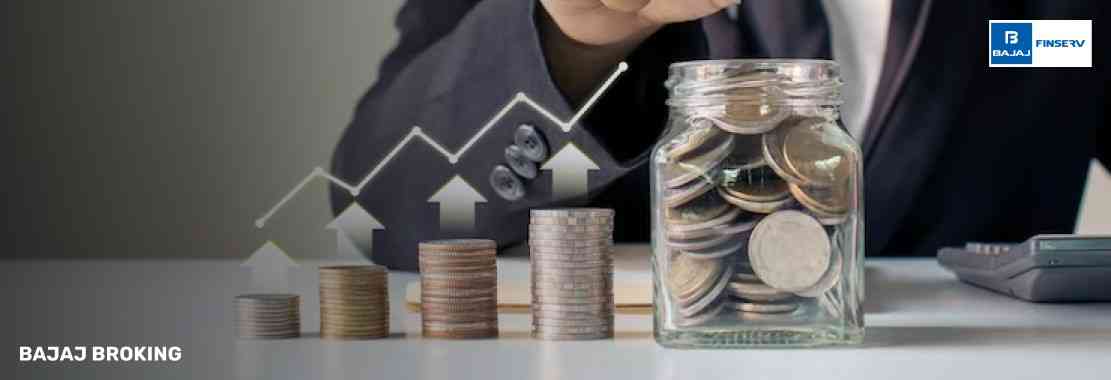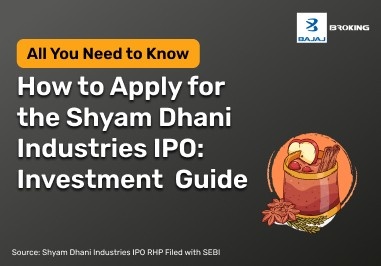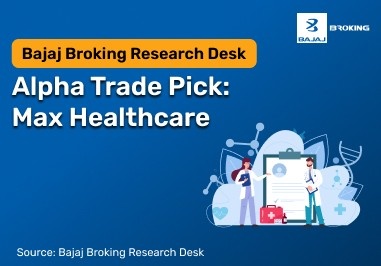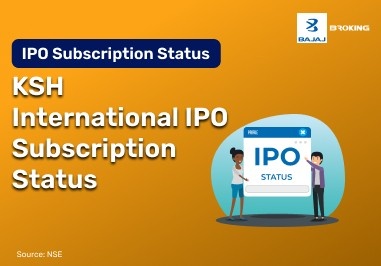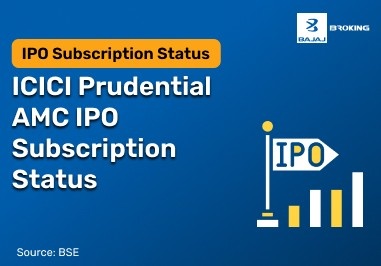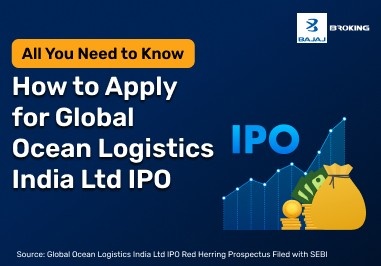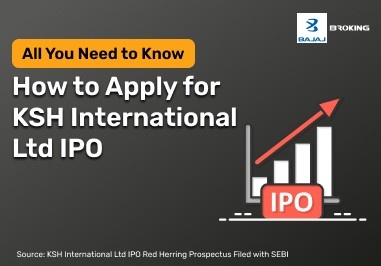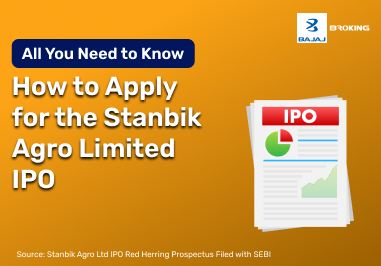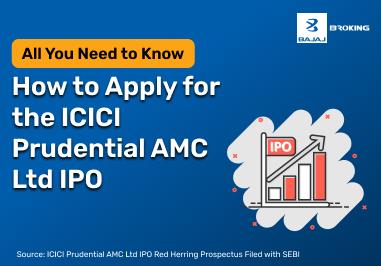Capital expenditure and revenue expenditure are two key types of business spending, differing in purpose, nature, and accounting treatment.
Capital expenditure (CapEx) is the money spent by a firm to buy, update, or maintain long-term assets like machinery, buildings, or equipment. These expenditures are not consumed in the short term but provide benefits over multiple accounting periods. CapEx is recorded as an asset on the balance sheet and is depreciated over time. Examples include purchasing land, constructing a facility, or upgrading a production system.
Revenue expenditure (RevEx), on the other hand, relates to the day-to-day operational costs required to run a business. These include expenses that are incurred for maintaining existing assets or supporting routine business operations. Revenue expenditures are charged directly to the income statement in the accounting period in which they are incurred. Examples include rent, wages, utility bills, and routine repairs.
While capital expenditure is aimed at enhancing earning capacity or extending asset life, revenue expenditure is focused on maintaining current operating efficiency. Understanding the distinctions between capital expenditure and revenue expenditure of the government is important for financial reporting, tax calculation, and investment decision-making, as it affects how costs are treated and how financial performance is analyzed.
What is Capital Expenditure (CapEx)?
Capital Expenditure (CapEx) refers to the money spent by a business to acquire, improve, or extend the life of fixed assets. These assets are expected to provide benefits over multiple accounting periods. CapEx is not part of the company’s regular operational expenses and is usually invested in physical or tangible assets such as property, plant, and equipment.
Examples of capital expenditure include purchasing machinery, constructing buildings, upgrading existing equipment, or investing in new technology systems. These expenditures are recorded as assets on the balance sheet rather than being fully expensed on the income statement in the year they are incurred. Over time, the cost is allocated through depreciation, except in cases where the asset is land, which is not depreciated.
CapEx decisions often require planning and approval because they involve a long-term commitment of resources. Businesses consider factors such as expected returns, asset life, and alignment with strategic goals before making capital expenditures. Investors and analysts review CapEx to understand how a company is investing in future growth or maintaining existing operations. Proper management of capital expenditure can support operational stability and contribute to the organization’s long-term value.
Types of Capital Expenditure (CapEx)
Here are the common types of CapEx explained:
Acquisition of Fixed Assets
This involves spending on physical resources such as land, buildings, vehicles, or machinery that are not intended for resale. These assets are used in the business over an extended period and are recorded on the balance sheet as part of fixed assets.
Upgrades and Improvements
These are expenditures made to improve the usefulness or productivity of an existing asset. For example, modernizing equipment to support higher output or adding space to a facility to accommodate more activity. These changes go beyond routine maintenance and extend the asset’s useful life or performance.
New Construction
This refers to costs related to constructing new buildings or infrastructure for business operations. It could include a new office, warehouse, or manufacturing unit. These assets are created to support business growth and are used over several accounting periods.
Technology and Software Development
Costs related to designing, building, or purchasing software and technology systems used over a longer period fall under capital expenditure. This could include enterprise systems, internal platforms, or customized applications developed for company use.
Replacement of Long-term Assets
When old or worn-out fixed assets are replaced with new ones, the cost of the new asset is treated as capital expenditure. These new assets are expected to be used in operations across multiple financial years.
Leasehold Improvements
These are expenses related to customizing rented premises to fit specific business needs, such as partitioning, lighting installation, or interior redesign. The improvements are made to enhance functionality and are used throughout the lease term or longer.
Capital Expenditure Accounting Treatment
Capital expenditure is generally recorded as an asset in a company’s financial statements. Since the benefit of such expenditure extends over multiple accounting periods, it is not treated as an immediate expense in the profit and loss account. Instead, it appears on the balance sheet and is gradually expensed over time through depreciation or amortisation, depending on the nature of the asset.
The asset's value and usage over its useful life are precisely reflected thanks to this methodical allocation. When a business invests in machinery, for instance, the cost is capitalised and reduced every year according to the estimated wear and tear. This procedure guarantees that over time, the company's financial records will be in line with the accounting principle of matching income with related expenses.
Each type of capital expenditure is recorded as an asset on the balance sheet, with costs gradually allocated over the asset's useful life.
What is Revenue Expenditure (RevEx)?
Revenue expenditure (RevEx) refers to the costs incurred in the normal course of business to maintain day-to-day operations. These expenses do not result in the acquisition of long-term assets and do not provide benefits beyond the current accounting period. Instead, they are necessary for the smooth functioning of the business and are typically recurring in nature.
Examples of revenue expenditure include payments for rent, utility bills, salaries, repairs, maintenance, and the cost of raw materials. These costs are essential for producing goods or delivering services, and they are directly linked to the company's operational activities. Since these expenses are consumed within the same financial year, they are recorded in the income statement and deducted from the company’s revenue to determine net profit or loss.
Revenue expenditures can also include costs related to the upkeep of existing fixed assets, such as regular servicing or minor repairs that do not enhance the asset’s life or value. The primary purpose of RevEx is to support ongoing business functions rather than to invest in future growth.
Proper classification of revenue expenditure is important for accurate financial reporting and helps in assessing the operational efficiency and profitability of a business during a specific period.
Types of Revenue Expenditure (RevEx)
Here are the main types of Revenue Expenditure (RevEx) explained below:
Operating Expenses
Operating expenses are the regular, ongoing costs necessary to keep a business running. These include expenses like electricity for lighting, water for daily operations, rent for office space, and insurance for protecting the business. These expenses are vital to maintaining normal business functions.
Administrative Expenses
Administrative expenses refer to costs associated with managing the business, such as salaries of office staff, office supplies like paper and pens, and communication costs like phone and internet services. These expenses help support the overall management and administration of the company.
Selling and Distribution Expenses
These expenses are related to the activities that help sell and distribute the company’s products or services. They include costs for advertising campaigns, packaging materials for products, and transportation expenses for delivering goods to customers. These activities support sales efforts and customer reach.
Maintenance and Repairs
Maintenance and repairs are costs for keeping assets in working condition. This could involve routine servicing, fixing machinery, or repairing buildings and vehicles. These costs help to ensure that assets continue functioning without adding value or extending the asset’s useful life.
Raw Materials and Inventory
These are expenses for purchasing the materials needed to produce goods or services, as well as stock for resale. Raw materials are used directly in production, while inventory includes goods held for future sale. Both are considered current expenses for the business.
Depreciation and Amortization
Although depreciation and amortization are non-monetary costs, they are treated as revenue expenditures. They represent the progressive distribution of the expenses of tangible assets (depreciation) and intangible assets (amortization) throughout their period of use, representing the loss of value over time.
Revenue Expenditures Accounting Treatment
In contrast, revenue expenditure is recorded as an expense at the time of incurrence. It is directly related to the ongoing operational activities of the business and does not result in the acquisition or enhancement of long-term assets. As a result, these costs are recorded in the profit and loss statement for the current financial year.
Expenses such as salaries, utility bills, and routine maintenance are considered revenue expenditures. Since these costs are essential for day-to-day functioning but do not contribute to long-term asset creation, they are not capitalised. Immediate recognition of these expenditures allows the business to measure its short-term financial performance more accurately.
Key Differences Between Capital and Revenue Expenditures
Here is a table outlining the key distinctions between capital receipts and revenue receipts:
Basis of Difference
| Capital Expenditure
| Revenue Expenditure
|
Purpose
| Incurred to acquire or enhance long-term assets.
| Incurred for the day-to-day functioning of the business.
|
Benefit Duration
| Provides benefits over multiple accounting periods.
| Benefits are consumed within the same accounting period.
|
Nature
| Non-recurring and investment-oriented.
| Recurring and operational in nature.
|
Accounting Treatment
| Recorded as an asset on the balance sheet and depreciated over time.
| Charged directly to the income statement as an expense.
|
Examples
| Purchase of land, building, machinery, or upgrading fixed assets.
| Wages, rent, utility expenses, regular repairs, and cost of goods sold.
|
Impact on Financial Statements
| Affects the asset base and future depreciation expenses.
| Affects the net profit of the current period.
|
Funding Objective
| Aimed at capacity expansion or efficiency improvement.
| Aimed at maintaining existing business operations.
|
Reversibility
| Generally not reversible once incurred.
| Can be adjusted or modified in subsequent periods.
|
Timing
| Often planned and budgeted in advance.
| Occurs routinely based on operational requirements.
|
Depreciation Applicability
| Subject to depreciation or amortization over its useful life.
| Not subject to depreciation as it is fully expensed in the period incurred.
|
Examples of Capital and Revenue Expenditures
Both expenditures are important and useful in their own terms. Below are the examples of both that will ease the understanding:
Examples of Capital Expenditure (CapEx):
Purchase of land or property for business use
Construction or renovation of buildings or facilities
Acquisition of machinery, equipment, or vehicles
Installation of new technology or software systems
Improvement or upgrading of existing infrastructure
Expenses related to setting up a new production line
Acquisition of intellectual property like patents or trademarks
Purchase of long-term investments such as stocks or bonds
Examples of Revenue Expenditure (RevEx):
Rent payments for office space or equipment
Utility costs such as electricity, water, and gas bills
Salaries, wages, and other employee benefits
Office supplies and raw materials used in production
Routine maintenance and repairs of machinery or equipment
Advertising and promotional expenses
Transport and delivery costs for goods sold
Insurance premiums for protecting business assets
Payments for routine services like cleaning or security
